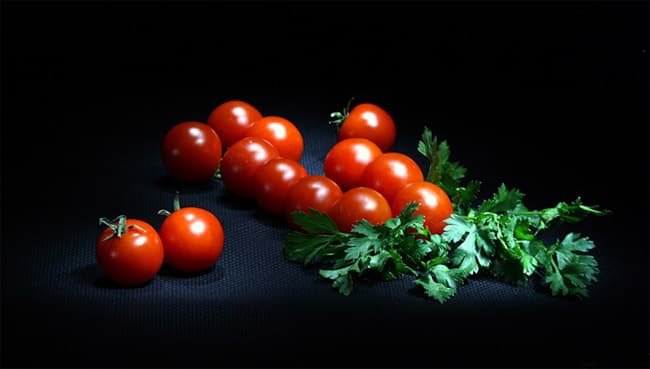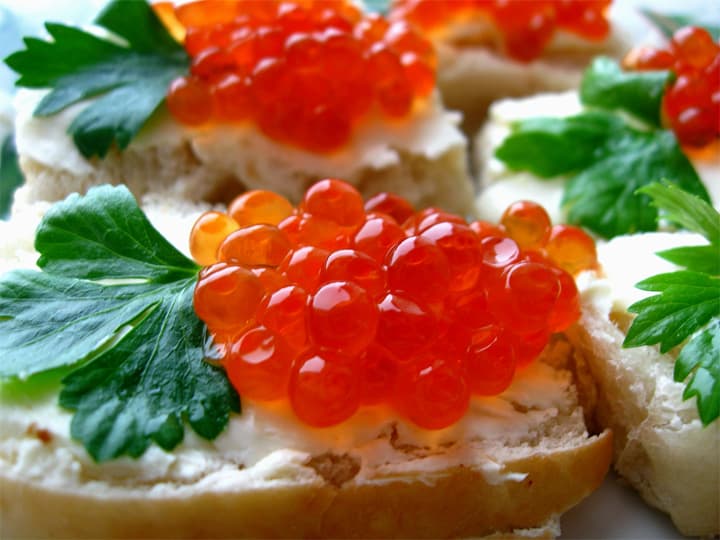Ex Tax: 0.75€
In terms of the amount of potassium, it ranks first among vegetables, and in terms of the presence of vitamins it is not inferior to oranges!
This is a variety which is intended for all year round harvesting of tops.
A flat leaf parsley variety which is favored not only for its aromatic leaves but also, for its root vegetables. It is grown for spring/summer and autumn harvest. For an early harvest you should sow in autumn or in early spring, you sow in May. Grows best in light sandy loam or clay loam, moist soils. A medium-earliness kind. Leaves are plain, aromatic, dark-green.
The growing time from spring and summer sowing is 75-90 days, from autumn sowing it is 140-180 days. The recommended plant spacing is 20 x 3 cm.
1,0 g contains approximately 450-650 seeds.
Agricultural technology.
Parsley prefers fertile, deep arable, loose loamy and sandy loam soils. The best predecessors: cucumber, tomato, onion. Sowing of seeds is carried out at several times: in early spring (late April - early May), before winter (October-November), in mid-summer (late June). Pre-winter sowing is carried out with dry seeds. In spring, parsley is sown in moistened furrows at a distance of 3-4 cm in a row and 20-30 cm between rows. The top of the crops is mulched with peat. To speed up seed germination, the crops are covered with a film, which is removed when seedlings appear. Caring for parsley includes weed control, two thinnings of crops, fertilizing after thinning, which is combined with regular watering.


Leaf Parsley. Bot.: Petroselinum crispum (Mill.) Nym. Ex A.W. Hill convar. vulgare (Nois) Danert.
* Parsley is one of the best herbs. This is a wonderful seasoning for soups, meat, fish and vegetable dishes. Parsley is especially useful. Its leaves contain vitamin C - up to 130 mg%, carotene - up to 5 mg%, nicotinic acid - up to 3 mg%, folic acid - up to 2.5 mg%, various mineral salts. Root vegetables are less rich in vitamins, they contain 3 times less vitamin C, and there is almost no carotene. The essential oils contained in the leaves and roots give parsley a special aroma that is stimulating and has a beneficial effect on digestion and appetite. In addition, these oils resist decay and have an anti-inflammatory effect. Parsley seeds contain a lot of essential oil, which contains highly active biochemical compounds.
While parsley is used relatively little in official medicine, traditional medicine shows its widest healing potential. First of all, parsley has a restorative, diaphoretic, diuretic, stone-dissolving, tonic, analgesic effect. For bruises, abscesses, mosquito and bee bites, apply fresh parsley leaves to the sore spots. Chewing parsley leaves helps eliminate bad breath from onions and garlic. An infusion of parsley seeds is used for spasms of the intestines and bile ducts. Parsley juice normalizes the function of the adrenal and thyroid glands, helps strengthen capillaries and arteries, helps with urolithiasis and dropsy, and with eye diseases. And its ability to excite the nervous system is so great that in Ancient Rome, before a battle, gladiators were given to drink not our beloved “one hundred grams,” but 30-50 g of fresh parsley juice. He doubled the strength and courage of the gladiator, but did not overshadow the mind. Parsley juice is so powerful that you cannot drink more than 50 g of it per day. You need to take it 1 tbsp. spoon 2-3 times a day, since large doses can overstimulate the nervous system.
Parsley is widely used in cosmetics. To strengthen hair and enhance its growth, a mixture of parsley, alcohol and castor oil in a ratio of 1:1:2 is rubbed into the scalp every other day for 15 procedures. After a month, treatment can be repeated. To remove freckles, wipe the skin in the morning and evening with a strong decoction of parsley roots mixed with lemon juice. And to whiten the skin of the face, apply the juice of fresh parsley leaves daily.












